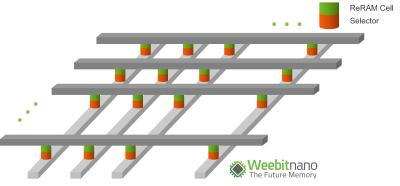ByteDance invests in Shanghai-based RRAM developer InnoStar, aiming to use its technology in future VR products
ByteDance (owner of TikTok) invested in InnoStar, a Shanghai-based RRAM developer established in 2019. ByteDance, through its Picoheart subsidiary, now holds a 9.5% share in InnoStar, making it the company's third largest stakeholder, after Memris Asia Pacific (28.8%) and Shanghai Alliance (26.3%).
Picoheart is ByteDance's VR developer, which means that ByteDance likely hopes to adopt RRAM technology in future VR headsets.




